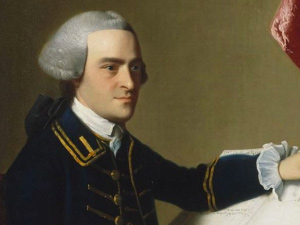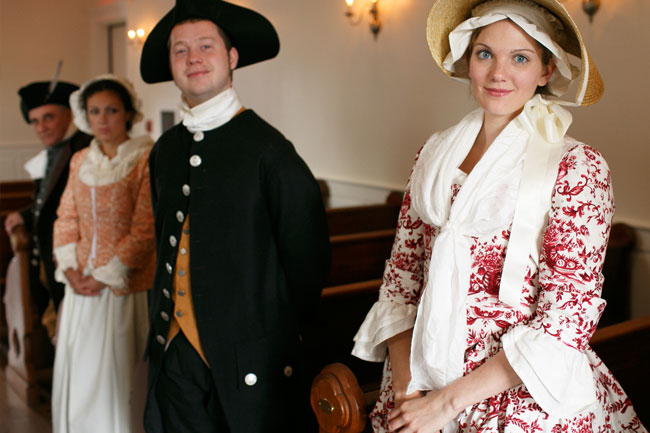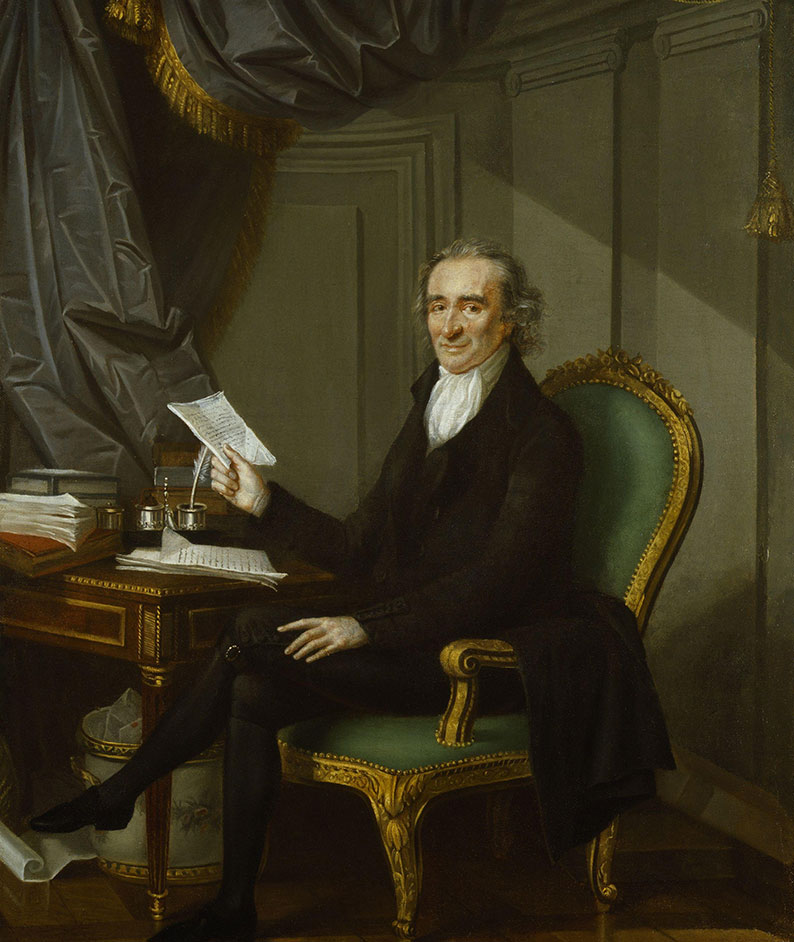He Witnessed History In The Making
In 1761, while in London on a business trip, Hancock witnessed the coronation of King George III.
He was a Brainiac
John Hancock was so smart, he graduated from Harvard at the tender age of 17.
He Had A Heart Of Gold
Although rich and powerful, John Hancock was still concerned about the impoverished and his community. He often donated to churches, schools and organizations to help the less fortunate. He was popular and highly regarded for his generosity.
The Man Had “Chutzpah”
Although his background should have made him a loyalist, Hancock sympathized with his friends John Adams and Samuel Adams who were both patriots. He risked his fortune to support American independence by helping to raise money, secure troops and organize naval forces.
He Was A Rabble-Rouser
Hancock was considered a threat to the British because of his political views. In addition to protesting the Stamp Act and the Sugar Act and being a part of the Sons of Liberty, he was known for riling up the crowds at meetings during the Boston Tea Party. His famous phrase, “Let every man do what is right in his own eyes,” was said to insight the colonists to fight British rule.
The British Were Coming…For Him
Hancock was in Boston on the night of Paul Revere’s famous ride. In fact, Revere warned him that the British were coming to arrest him and John Adams. He got the news just in time and he and Adams escaped from Lexington to Philadelphia and avoided capture.
To Smuggle Or Not To Smuggle
Accused of smuggling, Hancock’s sloop, Liberty, was seized by the British on May 9, 1768, causing a riot to ensue. The British accused Hancock of offloading goods without paying customs duties. John Adams defended Hancock and got the charges dropped without explanation. The incident only reinforced Hancock’s opposition to the Townsend, Tea and Stamp Acts which led to the Boston Tea Party and the American Revolution.
He Was Not Mad At George Washington
Although some alleged that Hancock was upset with George Washington for not nominating him for a military appointment, he and Washington had a very amicable relationship. Proof is the naming of Hancock’s only son, John George Washington Hancock.
He Was The Governor Of Massachusetts More Than Once
Hancock was actually the first and third Governor of the state and was a contender for President of the United States.
He Never Said, “King George Will be Able to Read That”
He actually said, “The British ministry can read that name without spectacles; let them double their reward.” This quote, which many say is what he actually said, was referring to his signature on the Declaration of Independence. He signed in an entirely blank space so his signature stood out for that reason and because it was so large as compared to the other signatures.
His Legacy Lives On.
After he passed away on October 8, 1793, the date of his burial became a state holiday. And today, there is a life insurance company, six United States Navy Ships and numerous streets, cities and counties that bear his name. In addition, the John Hancock Center in Chicago and the John Hancock Tower, the tallest building in Boston, also bear his name.





